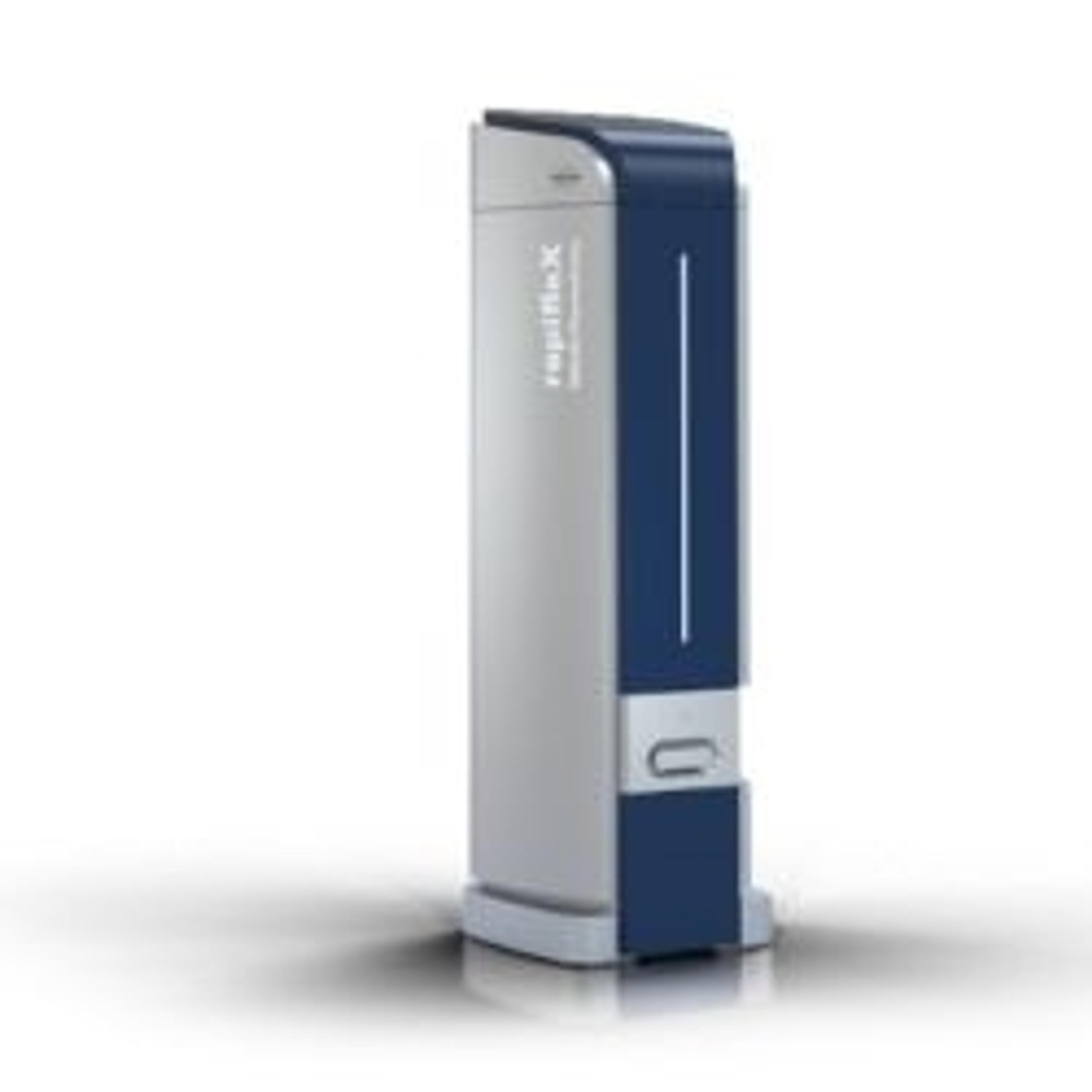Webinar Highlights: SPR and MALDI Mass Spectrometry for Primary and Secondary High-Throughput Screening
Experts share information about the latest technology and automation strategies to maximize screening throughput
20 Sept 2018
In this on-demand webinar, entitled “Label-free techniques for Drug Discovery: Surface Plasmon Resonance (SPR) and MALDI Mass Spectrometry for Primary (HTS) and Secondary Screening," Meike Hamester and Sven Malik, Bruker's director of small molecule business and applications specialist respectively, offer a combined 25 years of specialism in SPR and mass spectrometry.
The speakers explore the latest developments in MALDI mass spectrometry for high-throughput screening and CPD profiling (rapifleX MALDI PharmaPulse) and introduced Bruker's new surface plasmon resonance (SPR) instrument, the SIERRA SPR-32. Beside technical details explaining the latest developments, synergies between MALDI mass spectrometry and SPR are also discussed.
Watch Webinar NowAt the end of the webinar, Hamester and Malik answered live questions from our attendees, and the highlights of this Q&A session can be read below:
Missed the webinar? Don’t worry, you can now watch it on demand here >>
Q: What is included in your cost per sample calculation for the MALDI HTS?
MH: That's a very good question, I may not have been very clear about that. I mentioned that for a 1536 format, cost per sample is about three cents. This includes all the factors that are important for the rapifleX itself.
For example, the main contributors are really the sample plate and the MALDI matrix. Also, in addition, all the bits and pieces you need — so the consumables, and spare parts. We have included that already into the three cents per sample.
Q: Is Bruker working with a specific automation vendor to automate the rapifleX?
MH: We have started to think about doing that, but most of our customers have their preferred vendor for automation. Due to this, we decided to go with an open interface and you can use it with automation solutions from different vendors. So far, we have not met an automation platform that we cannot accommodate for the rapifleX.
Q: Is there a maximum capacity of ligands per sensor with the SPR?
SM: Yes. For a maximum, you could have 31 ligands on the sensor surface and have a single sensor spot as a reference, and then send across the same antigen over all, in all eight channels. So that means 31 active sensor spots and one control.
This is what people do, for example, if they want to do an off-rate screening, they use this approach. But if it goes to kinetics, we suggest you have an inline reference spot per channel. We would then have the reference on A or B, and therefore more controls. This is what the customers are using it for.
Q: You mentioned imaging for the MALDI rapifleX. Is that possible with the same instrument?
MH: Yes, indeed. The imaging and the HTS, and all the other applications you saw in the presentation are possible with the same rapifleX instrument. Many customers use a dedicated instrument for HTS or for imaging, but you can use the same machine. There are basically different software modules, it's a very flexible machine.
Q: What is the required sample volume per spot with MALDI?
MH: Normally we use 100 nanoliter sample volume per spot. It can also be more. Of course, in 1536 format they shouldn't touch, but we can go lower. We have some customers who have higher throughput with sample geometries of 6,144, who reduce the volume to 20 nanoliters. Everything is done with a spotting robot. Sample volumes between 20 and 100 nanoliters are quite normal.
Q: Do you support features like ABA or single-cycle kinetics?
SM: Yes, we do. As an alternative to the ABA inject, we offer our customers the Frame-Inject feature. This allows our customers to do mechanical studies or buffer scouting without exchanging the system running buffer. A time and cost-saving feature.
Instead of single-cycle kinetics, we prefer SICK (single injection cycle kinetics) which allows users to get full kinetic information of interactions from a single injection. A concentration series of your analyte of interest is spread over all channels and then injected.
Q: Is it possible with your SPR to address all spots per row at the same time?
SM: The Sierra SPR-32 has eight channels, containing four sensor spots per channel. Each of the 32 sensor spots can be addressed individually. You can also address two spots at a time, three, or all four at the same time. This allows for cost and time-effective work on demand.
Find out more about the topic by watching the full webinar on demand >>

